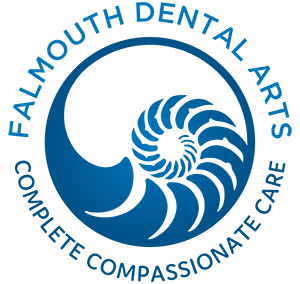Too Much of a Good Thing?
Most people know that for years dentists have been recommending fluoride as something which helps prevent cavities. It’s in just about every toothpaste, many mouth rinses, over-the-counter and prescription gels – and close to 70% of Americans have it in their drinking water. Practically every dental professional credits fluoride for drastically reducing levels of dental decay over the last few decades.
Fluoride is a mineral that exists naturally in water and soil. About 70 years ago, scientists discovered that people who lived where water supplies naturally had more fluoride also had fewer cavities. Today, most public drinking water supplies are fluoridated, especially in larger cities, and dental professionals applaud its usage.
But can there be too much of a good thing?
A recent government study found that two in five adolescents had some sort of streaking or spotting in their teeth because of too much fluoride, a number that has grown considerably since the 1980s.
For most people these streaks or spots are totally harmless and barely visible to the naked eye, although in severe cases the tooth enamel can actually develop a pit-like surface. So even though fluoride still does a fantastic job in cavity prevention, as with most things in medicine, there are side effects.
The good news is – as a result of this study the federal government has acted very rapidly to change their recommendations for the amount of fluoride in drinking water, making it 0.7 milligrams per liter of water, down from the 50 year standard of up to 1.2 milligrams.
At Falmouth Dental Arts we applaud the government’s quick action! And we still want to help you avoid cavities as much as possible. So keep brushing, flossing and keep your fluoride intake to a minimum – it’s in everything! We will be glad to check your teeth to see if we can find any negative effects from fluoride and look for cavities too! As with any dental condition, the sooner we find it, the easier and less costly it is to treat.
